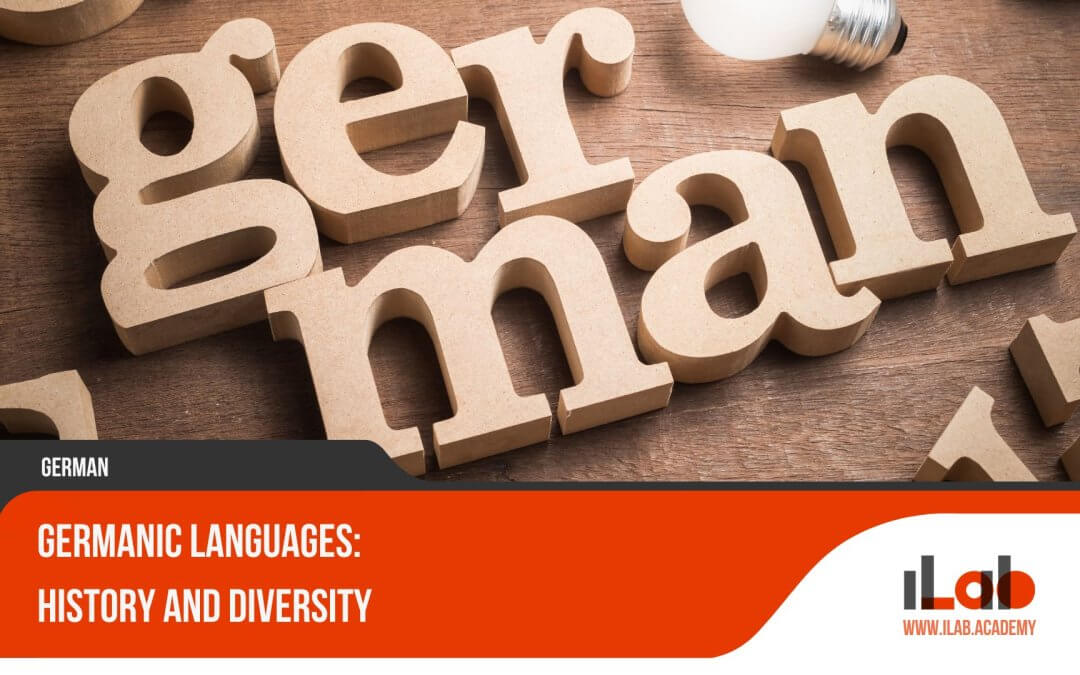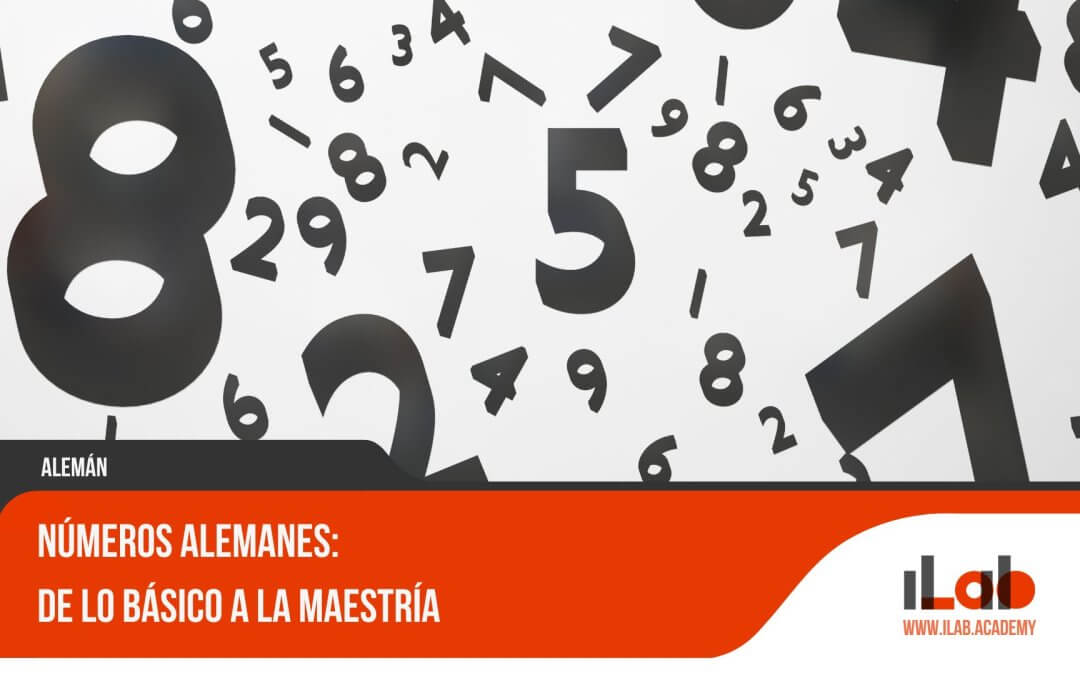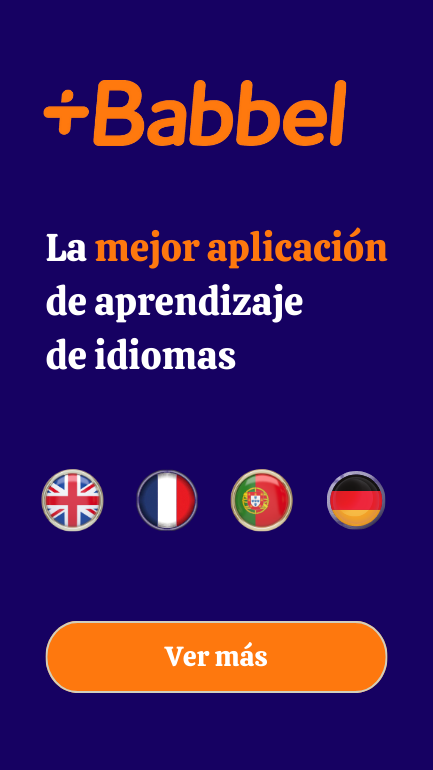Table of contents
To effectively ask “How are you?” in German, you need to gauge the formality of your setting. Use “Wie geht es Ihnen?” in professional or formal scenarios—a sign of respect and politeness. Among friends or in casual contexts, “Wie geht’s?” suffices, conveying a relaxed and friendly tone. Additionally, regional expressions like “Wie läuft’s?” in Southern Germany or “Na, wie geht’s?” in Northern areas can add a local flavor to your interactions, showcasing your cultural awareness. Understanding these nuances not only enriches your communication but also deepens your connection with native speakers. Explore these variations to enhance your grasp of everyday German.
Introduction to German Greetings
In German-speaking cultures, understanding and using appropriate greetings is essential for effective communication and social integration. Greetings form the cornerstone of interpersonal interactions, setting the tone for relationships and exchanges. In Germany, like in many cultures, the way you greet someone can express respect, familiarity, and your understanding of social hierarchies.
Mastering these nuances is not just about language proficiency but also about cultural immersion. For newcomers or language learners, knowing when to use a formal greeting versus a more casual one can make a significant difference in how they are perceived by native speakers. This sensitivity to context underscores the importance of greetings in daily communication within German society.
For those keen to connect with German culture, an understanding of these greeting practices is not merely academic; it’s a practical tool for forging genuine connections. Whether it’s in a business meeting, a casual encounter on the street, or a family gathering, the appropriate greeting initiates interactions on the right note, demonstrating respect and openness. Therefore, investing time in learning about German greetings is an investment in successful communication and deeper cultural understanding.
Common Ways to Say “How Are You?” in German
When learning German, one of the first phrases you’ll likely use is “How are you?” This question can be framed in several ways, depending on the formality of the situation and who you are speaking to. Let’s explore three common expressions: “Wie geht es Ihnen?”, which is formally polite, “Wie geht’s?”, a more casual inquiry, and “Was geht ab?”, which is very informal and typically used among younger people or close friends.
Wie geht es Ihnen?
‘Wie geht es Ihnen?’ is the formal expression used in German to inquire about someone’s well-being. This phrase is typically used in professional settings or when addressing someone with whom you are not personally acquainted. It shows a level of respect and politeness, making it an integral part of formal German communication.
The following table illustrates various responses to ‘Wie geht es Ihnen?’, providing a better understanding of how one might reply in a formal context:
| Response in German | English Translation | When to Use |
|---|---|---|
| Mir geht es gut, danke. | I am fine, thank you. | Standard polite response |
| Nicht schlecht, danke. | Not bad, thank you. | Slightly informal but acceptable in formal settings |
| Es geht, danke. | So-so, thank you. | When you want to imply average well-being |
| Leider nicht so gut. | Unfortunately, not so well. | When being honest about not feeling well |
| Sehr gut, danke! | Very well, thank you! | When in a very good mood or to express enthusiasm |
Understanding and using ‘Wie geht es Ihnen?’ correctly can significantly influence the tone of a conversation. It helps in establishing a respectful interaction, which is highly valued in German-speaking cultures. Knowing when and how to use this phrase is vital for anyone looking to master the German language or enhance their cultural competence in German-speaking environments.
Wie geht’s?
Shifting to informal interactions, ‘Wie geht’s?’ serves as a casual and widely used phrase for asking ‘How are you?’ in German. This expression simplifies the interaction and is typically used among friends, family, or peers, making it an essential part of everyday conversation.
Here are some key aspects to understand about using ‘Wie geht’s?’:
- Context: Primarily used in casual settings. It might not be suitable in formal situations where a more respectful approach, such as ‘Wie geht es Ihnen?’, is preferred.
- Response Expectations: Unlike formal inquiries, responses to ‘Wie geht’s?’ can be brief and to the point. Common replies include ‘Gut, danke!’ (Good, thanks!) or a simple ‘Es geht’ (It’s okay).
- Tone and Delivery: When asking ‘Wie geht’s?’, the tone is typically friendly and light. It reflects a genuine interest in the other person’s well-being but keeps the conversation relaxed.
- Cultural Nuance: Understanding when and how to use this phrase can greatly enhance your social interactions in German-speaking contexts. It shows a level of comfort and familiarity with the language and culture.
Mastering ‘Wie geht’s?’ is a fundamental step in sounding like a native and feeling confident in casual German conversations.
Was geht ab?
Delving into more casual and youthful expressions, ‘Was geht ab?’ serves as a slang equivalent to ‘What’s up?’ in German, often used among younger individuals or in informal settings. This phrase is perfect for social interactions where a relaxed, friendly tone is appropriate. Unlike the more formal ‘Wie geht es Ihnen?’, ‘Was geht ab?’ allows for a laid-back conversation starter, largely favored by teenagers and young adults.
When using ‘Was geht ab?’, it’s important to take into account the context. This greeting is commonly exchanged among friends or peers in casual environments such as schools, parties, or while hanging out. It’s less suitable in professional or formal settings where a more traditional greeting would be expected. For those new to the German language, incorporating such phrases can be a great way to sound more natural and blend in with native speakers.
Formal and Informal Variations
In the German language, the way you ask “How are you?” can reflect varying degrees of politeness and familiarity, depending on whether you choose a formal or informal expression. Formal phrases are generally used in professional settings or when addressing someone you don’t know well, ensuring respect and social etiquette are maintained. On the other hand, informal phrases allow for a relaxed and friendly tone, suitable among friends and family.
Formal Phrases
Understanding the nuances of formal phrases in German is crucial when engaging in professional or respectful settings. In these environments, it is vital to use the appropriate language to convey respect and maintain a formal tone. Here are four key formal phrases to use when asking ‘How are you?’ in German:
- Wie geht es Ihnen? – This is the most common formal way to ask someone how they are doing in German. It is used in situations where a high level of respect and formality is necessary, such as speaking with superiors or in formal business meetings.
- Wie steht es bei Ihnen? – This phrase is slightly less formal than ‘Wie geht es Ihnen?’ but still suitable for polite conversations. It can be used in professional settings where you have a somewhat familiar relationship.
- Wie ist Ihr Befinden? – This formal inquiry specifically addresses the person’s state of being and is appropriate in contexts where health or well-being might be a concern, such as visiting someone in a hospital.
- Wie fühlen Sie sich heute? – This phrase translates to ‘How do you feel today?’ and is fitting in formal contexts where personal well-being is under discussion, such as in a therapeutic or medical setting.
These phrases should be used judiciously to match the formality of the situation and ensure communication remains respectful and fitting.
Informal Phrases
After examining formal ways to inquire about someone’s well-being in German, we now explore the casual phrases often used among friends and close acquaintances. When addressing people you know well, the language tends to be more relaxed and personal. One common informal greeting is “Wie geht’s?” which is a shortened form of “Wie geht es dir?” This translates directly to “How’s it going?” and is widely used among peers.
Another friendly variant is “Was läuft?” colloquially meaning “What’s up?” or “What’s happening?” This phrase is particularly popular among younger Germans and carries a very casual tone. For those looking for an even more laid-back option, “Alles klar?” can be used, which asks if everything is okay, basically meaning “All good?”
It’s important to note that these informal phrases should be used only in contexts where you are quite familiar with the other person. Using them in a formal setting could be considered inappropriate and may convey a lack of respect. Understanding when and with whom to use these different expressions is essential in effectively managing social interactions in German. By mastering these nuances, you can enhance your conversational skills and deepen your connections within the German-speaking community.
Regional Variations and Slang
As we explore the rich tapestry of the German language, it’s fascinating to observe how regional nuances influence everyday phrases. In Southern Germany, for instance, you might hear distinct expressions that differ markedly from those used in the North. These regional variations not only enrich your linguistic repertoire but also offer a deeper insight into the cultural diversity within Germany.
Southern German Expressions
Southern Germany’s unique dialects give rise to several distinctive ways of asking ‘How are you?’ that reflect the region’s linguistic and cultural diversity. Here are four common expressions you might encounter:
- “Wie geht’s dir?” – This is a standard informal phrase used widely across Southern Germany. It directly translates to “How goes it to you?” and is typically used among friends and family.
- “Wie geht es Ihnen?” – This is the formal version of “Wie geht’s dir?” and is used in more respectful contexts or when addressing someone you don’t know well. It translates to “How goes it to you?” but with a formal pronoun, showing politeness and respect.
- “Wie läuft’s?” – A more casual and colloquial expression, this can be translated as “How’s it running?” It’s a relaxed way of asking someone about their general state of affairs, commonly used among peers.
- “Alles in Ordnung bei dir?” – This phrase means “Is everything alright with you?” It’s a bit more detailed, inviting the other person to share more about their current situation if they wish.
Understanding these expressions helps in appreciating the rich cultural tapestry of Southern Germany and enhances communication within the region.
Northern German Variations
Northern Germany boasts its own distinctive set of expressions for inquiring about someone’s well-being. While the standard German ‘Wie geht es Ihnen?’ (formal) and ‘Wie geht’s?’ (informal) are universally understood, regional variations add a touch of local flavor. In the northern regions, especially in cities like Hamburg and Bremen, you might hear ‘Wie geht es dir?’ used more frequently in casual conversations. This is slightly more informal and reflects the straightforward communication style typical of the area.
Additionally, the North has its colloquial twists. For instance, ‘Na, wie geht’s?’ translates to ‘So, how’s it going?’ and carries a laid-back tone, encapsulating the northern spirit of ease and approachability. This phrase is perfect for everyday interactions among friends and acquaintances, demonstrating familiarity and a relaxed social context.
Understanding these regional nuances is vital for anyone looking to blend in or improve their conversational German. By using these local expressions, you not only show respect for the cultural intricacies but also enhance your linguistic authenticity. So next time you’re in Northern Germany, try dropping a ‘Na, wie geht’s?’ and watch the barriers of communication turn into bridges of friendship.
Cultural Context of Asking “How Are You?” in Germany
In Germany, the cultural nuances of asking ‘How are you?’ reflect deeper societal values and norms. It is important to recognize the etiquette involved, as a simple greeting can convey respect and interest in the well-being of others. Knowing the expected responses and how to interpret them can greatly enhance personal and professional interactions in a German context.
Etiquette and Social Norms
Understanding the etiquette behind the phrase ‘How are you?’ is vital for successfully navigating social interactions within German culture. When engaging with Germans, it’s important to appreciate and respect these cultural norms to guarantee communication is both polite and effective.
- Formality Matters: Always gauge the formality of your relationship before using informal phrases. For professional or formal settings, stick to more formal inquiries about one’s well-being.
- Context Is Key: The appropriateness of asking ‘How are you?’ can depend on the situation. In more casual settings, such as with friends or family, it’s perfectly acceptable to use the informal version.
- Genuine Interest: When Germans ask ‘Wie geht es Ihnen?’ in a formal context, it typically implies a sincere interest in the other person’s well-being, rather than just being a conversational filler as it might be in other cultures.
- Regional Variations: Be mindful of regional differences in phrases and responses. Some regions might use slightly different expressions, so it’s advantageous to listen carefully to locals and adapt accordingly.
Typical Responses
Responses to the question ‘How are you?’ in Germany can vary widely, reflecting both personal circumstances and broader cultural norms. Typically, in more formal settings or when interacting with acquaintances, it’s common to hear responses like “Gut, danke,” which translates to “Good, thank you.” This brief and somewhat non-specific reply serves as a polite acknowledgment of the question without delving into personal details.
In more casual or intimate settings, responses can be more detailed. Friends or family members might use the opportunity to genuinely share their feelings or recent experiences. Phrases like “Es geht mir nicht so gut,” meaning “I’m not doing so well,” or “Mir geht’s super!” which translates to “I’m doing great!” are more likely in these environments. Such openness is appreciated among close contacts and indicates a level of trust and comfort.
Understanding when to use different types of responses involves not only knowing the right words but also interpreting the social context accurately. For those learning German or unfamiliar with local customs, observing these nuances in responses can provide valuable insights into the subtleties of German communication styles and help in building more meaningful connections within the culture.
Fun and Unique Phrases
Beyond the standard greetings, German offers some playful and engaging alternatives that can add a touch of uniqueness to your conversations. Phrases like “Wie läuft’s?”, “Alles klar?”, and “Was machst du so?” are not only informal but also provide a more relaxed way of inquiring about someone’s well-being or activities. Exploring these expressions can offer a deeper connection to the language and culture, enriching your communication skills in German.
Wie läuft’s?
‘Wie läuft’s?’ is a colloquial German phrase equivalent to asking ‘How’s it going?’ in a relaxed and friendly manner. This informal expression is popular among friends and acquaintances, particularly in less formal settings. Its usage reflects a genuine interest in the other person’s well-being or state of affairs without the formality of traditional greetings. Here’s how you can effectively use ‘Wie läuft’s?’ in your conversations:
- Timing: Best used in casual encounters, such as meeting friends at a café or during a break at work. It sets a light-hearted tone for the conversation.
- Response: Typically, you might expect answers like ‘Gut, danke!’ (Good, thanks!) or a brief update on what’s happening in their life, signaling an opportunity for a more engaging dialogue.
- Variations: While ‘Wie läuft’s?’ is widely understood, regional dialects might have slight variations. It’s beneficial to listen to local usage to mimic native speakers accurately.
- Cultural Context: Understand that using this phrase implies a level of familiarity. It’s not suitable for very formal situations but perfect among peers or in a friendly environment.
Employing such phrases not only enhances your linguistic skills but also deepens your cultural understanding, making your interactions more meaningful and authentic.
Alles klar?
‘Alles klar?’ is a common German expression that translates to ‘Everything clear?’ and is often used to inquire if someone understands a situation or to check on their well-being. The versatility of ‘Alles klar?’ makes it more than just a simple query about comprehension; it’s a friendly, informal way to engage in conversation and connect with others on a personal level.
While primarily used in informal settings among friends and acquaintances, its usage can subtly shift depending on tone and context. The phrase can serve as a gentle prompt for clarification, ensuring everyone is on the same page, or it can be a light-hearted way to ask someone how they are doing without diving too deeply into personal matters. This makes ‘Alles klar?’ particularly useful in maintaining a casual conversation flow.
Moreover, understanding and using expressions like ‘Alles klar?’ can greatly enhance your conversational skills in German. It reflects not only a grasp of the language’s vocabulary but also an appreciation of its colloquial nuances. For language learners, mastering such phrases is vital for immersive and authentic communication, bridging the gap between textbook German and the language spoken daily by natives.
Was machst du so?
Building on everyday expressions, ‘Was machst du so?’ is a casual German phrase that translates to ‘What are you up to?’ It’s a lighter, more informal way to engage someone in conversation, showing interest in their current activities without the formality of traditional greetings. Here’s how you can use this phrase effectively:
- Casual Meetings: Perfect for informal gatherings or bumping into friends, ‘Was machst du so?’ sets a relaxed tone. It invites the other person to share updates about their life in a friendly manner.
- Text Messages: This phrase works well in digital communication, reflecting a breezy and casual curiosity about someone’s day or plans.
- Follow-up Question: After the initial greetings, using ‘Was machst du so?’ can smoothly shift the conversation towards more specific topics, keeping the dialogue flowing.
- Cultural Nuance: Understanding when and how to use such phrases can help you blend in more naturally with native German speakers, demonstrating an appreciation of conversational subtleties.
This phrase is not just about asking what someone is doing; it’s about fostering a connection and showing genuine interest in a way that’s culturally attuned and socially engaging.
Conclusion
To sum up, mastering the various ways to ask ‘How are you?’ in German not only enriches one’s linguistic ability but also enhances cultural understanding. By familiarizing oneself with the formal and informal, as well as regional variations of this common inquiry, individuals can navigate German social interactions with greater confidence and cultural sensitivity. Embrace the journey of learning these expressions, as they are key to forming meaningful connections and experiencing the rich interpersonal fabric of German-speaking communities.














